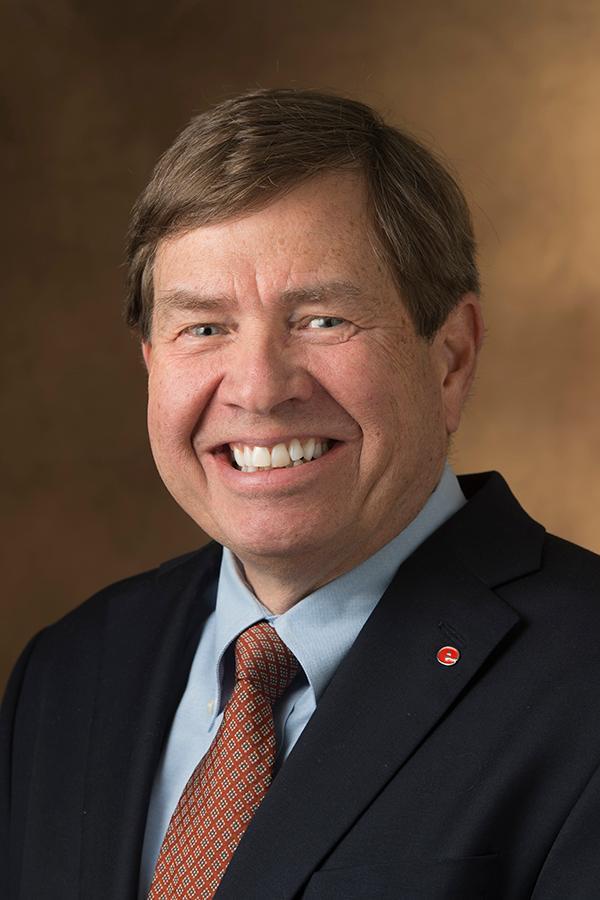 Who will vote in this presidential election? The answer to that question will determine whether we elect Hillary Clinton or Donald Trump.
Who will vote in this presidential election? The answer to that question will determine whether we elect Hillary Clinton or Donald Trump.
We are in the middle of a voter realignment, and voter realignments, as they muddle traditional partisan battle lines and fracture political parties amid changes in American society, also change who votes. Realignments bring new voters to the polls, politicizing people who had never before been motivated by politics. Other voters, deeply disappointed in the turn of events, leave the political process altogether and stay home on Election Day.
Get The Latest News!
Don't miss our top stories and need-to-know news everyday in your inbox.
The current realignment is no exception.
Donald Trump claimed he won the Republican nomination for president because he brought “millions and millions” of new voters into the Republican Party. While some analysts dispute Trump’s claim that his supporters were actually new voters, it is clear that he energized millions of voters who had not routinely voted in the Republican primary.
Polling indicates that some of these voters typically vote for the Republican ticket in the general election but rarely participate in the primary. Polling also shows that a significant number of people who voted for Trump in the primary elections were former Democratic Party supporters. Regardless, Trump clearly drew a large number of voters new to the Republican primary election.
On the Democratic side, Bernie Sanders also attracted new voters to the primary elections. Polls show that Sanders supporters tended to be young and that they also tended to be infrequent voters. Nearly 90 percent of Clinton supporters voted in 2012, whereas only 79 percent of Sanders supporters previously voted in an election.
An influx of new voters is common during voter realignments. Although we haven’t always had such robust primary elections, we can look to past presidential elections to see how realignments drew in new voters.
Andrew Jackson’s victories in 1828 and 1832 have famously been labeled the Rise of the Common Man. Voter participation rose dramatically from around 27 percent in 1824 to nearly 58 percent in 1828. By 1840, voter turnout reached 80 percent. This surge in voting was partially the result of changes in voter laws, but the higher voter participation also reflected the new voters Jackson brought to the polls during the realignment.
The voter realignment of the 1850s also saw surges in the number of new voters. Abraham Lincoln was carried to victory in 1860 because he was able to attract new voters to the Republican Party -- many were immigrants, many were former Democrats, Whigs and Know-Nothings, and many were new to politics.
One study in Illinois showed that nearly 75 percent of the Republican voters in 1856 had not been involved in politics in 1852. Such a profound change in who votes helps explain the sudden rise to power of the new Republican Party.
While a voter realignment energizes new voters, it also discourages other voters. When John Quincy Adams lost the 1828 election to Jackson, the National Republican party dissolved and many of its supporters abandoned politics entirely.
More famously, in the realignment of the 1850s as the Whig Party broke apart and disappeared, some of its supporters drifted into the Know-Nothing Party, while others became Republicans and a much smaller number became Democrats. Many Whig voters, however, quit voting altogether. According to one estimate for Illinois, around 23 percent of Whig voters simply quit voting by 1856. Another study showed that 73 percent of Whig leaders in Illinois dropped out of politics and were replaced by politicians new to the political process.
Exactly who will vote this November remains to be seen. How many new voters will Trump be able to attract to the Republican Party? What will new voters who supported Bernie Sanders do?
An equally important question is how many voters will stay home.
We have already seen an impressive list of mainstream Republicans -- Jeb Bush, Lindsay Graham, John Kasich and Mitt Romney, for example –- who have declared that they will not vote for Donald Trump, a list that has only gotten longer in the past week. One wonders if these Republican leaders are like the Whigs of the 1850s -- they are no longer comfortable in their old party, but they cannot support a Democrat. How many Republican voters follow their lead and do not vote in the presidential election next month remains to be seen.
Likewise, there is anecdotal information that a number of Sanders supporters, the so-called “Bernie or Bust” contingent, will not vote rather than support Hillary Clinton. Will these voters get behind a third-party candidate or simply drop out of this political contest?
Ultimately, who votes will determine whether we elect Hillary Clinton or Donald Trump as the next President of the United States.
Stephen Hansen is a retired dean and professor of American History at Southern Illinois University Edwardsville, where he also served as the Interim Chancellor. shansen@siue.edu.
The views and opinions expressed in this article are those of the authors and do not necessarily reflect the views and opinions of RiverBender.com/EdGlenToday.com.
Opinions expressed in this section are solely those of the individual authors and do not represent the views of RiverBender.com or its affiliates. We provide a platform for community voices, but the responsibility for opinions rests with their authors.
More like this:
